What is a Full Rhinoplasty?
A Full Rhinoplasty typically involves making incisions inside the nostrils and/or on the columella (the area between the nostrils) to access the underlying bone and cartilage. The surgeon will then reshape or remove parts of the bone and cartilage to achieve the desired appearance. In some cases, the surgeon may also use synthetic materials, such as silicone or Gore-Tex, to add structure to the nose.
The procedure can take several hours and is typically performed under general anesthesia. After surgery, the patient will have splints and dressings on the nose to help it heal in the desired shape. Swelling and bruising around the eyes and nose are common after the surgery and can take several weeks to subside. The final results of the surgery may not be visible for several months.
Note that Rhinoplasty is a complex and demanding procedure and should be performed by a plastic surgeon with experience and expertise in the field.
Who is a good candidate for a Full Rhinoplasty Procedure?
A good candidate for a full rhinoplasty procedure typically are those:
- Unhappy with the appearance of their nose, including issues with the shape, size, or asymmetry of the nose
- Have difficulty breathing due to structural issues within the nose
- Have a deviated septum or other functional issues with the nose
- Reached facial maturity, as the nose is fully developed by age 16-17 in girls and 17-18 in boys
- In good overall health and do not have any medical conditions that would impede healing or increase the risk of complications
- Have realistic expectations for the outcome of the procedure
However, there are some exceptions and the appropriate age for a rhinoplasty can be determined by the surgeon.
What are the reasons for undergoing a Full Rhinoplasty Surgery?
Some common reasons for seeking a full rhinoplasty surgery include:
- To change the shape, size, or proportion of the nose
- To correct a hump or depression on the bridge of the nose
- To narrow or widen the nostrils
- To change the angle between the nose and upper lip
- To correct a deviated septum or other functional issues within the nose that cause difficulty breathing
- To correct asymmetry or other congenital defects
- To improve self-esteem and self-confidence.
Note that a consultation with a board-certified plastic surgeon experienced in Rhinoplasty will be necessary to determine if you're a good candidate for the procedure.
What are the techniques used in the Full Rhinoplasy procedure?
There are several techniques that can be used during a full rhinoplasty procedure, including:
- Open rhinoplasty: This technique involves making an incision across the columella (the strip of tissue between the nostrils) to access the internal structures of the nose. This approach allows the surgeon to have a better view of the nasal structure and more control over the reshaping process.
- Closed rhinoplasty: This technique involves making incisions within the nostrils, rather than on the outside of the nose. This approach allows the surgeon to make changes to the internal structure of the nose, but it limits the view of the nasal structure and the ability to make as extensive changes as in open rhinoplasty.
- Cartilage grafting: This technique involves taking cartilage from other parts of the body, such as the ear or rib, and using it to reshape the nose. This is typically used to add support to the nose, particularly in cases where the patient has a congenital defect or injury that has caused the nose to collapse.
- Septoplasty: This technique is used to correct a deviated septum, which can cause difficulty breathing. It is usually combined with a rhinoplasty procedure to correct both functional and aesthetic issues with the nose.
- Alar base reduction: This technique is used to narrow the width of the nostrils.
- Tip plasty: This technique is used to reshape the tip of the nose and to improve the proportion of the nose.
- Osteotomy: This technique is used to change the shape of the nasal bones, by removing or repositioning them.
These techniques can be used alone or in combination to achieve the desired result of the patient and the surgeon's evaluation.
What are the preparations for a Full Rhinoplasty Procedure?
Here are some of the preparations that may be required before a full rhinoplasty procedure:
- Consultation with the surgeon: The patient will have an initial consultation with the surgeon, during which they will discuss their concerns and goals for the procedure, and the surgeon will evaluate the patient's medical history and perform a physical examination of the nose.
- Preoperative instructions: The patient will receive instructions on how to prepare for the surgery, including any medications to avoid, instructions on fasting, and any other instructions specific to the individual case.
- Medical clearance: The patient will need to get a medical clearance from their primary care physician or a specialist, if needed, to ensure they are healthy enough to undergo the procedure.
- Imaging studies: The surgeon may request imaging studies such as CT scan, to help them plan the surgery and to evaluate the internal structure of the nose.
- Photos: The patient will have photographs taken of their face, specifically of their nose, for the surgeon's use during the planning of the surgery and for the patient's pre and postoperative records.
- Medications: The patient may be prescribed some medications before the surgery, such as antibiotics, to prevent infection and to help with pain management.
- Smoking and alcohol: The patient will be asked to stop smoking and drinking alcohol at least two weeks before the surgery as they can affect healing time, as well as blood circulation and oxygenation during the procedure.
- Arrangements: The patient will need to make arrangements for transportation to and from the surgical center, as well as for someone to stay with them for the first 24 hours after the procedure.
Post-operative Care for a Full Rhinoplasty Procedure:
Here are some of the post-operative care instructions that patients may be given after a full rhinoplasty procedure:
- Recovery time: Recovery time can vary depending on the individual case, but patients can expect to experience some swelling, bruising, and discomfort for the first few days. They may also have to wear a splint or cast on the nose for the first week to help support the new shape of the nose.
- Medications: The patient will be prescribed pain medication to manage any discomfort, and antibiotics to prevent infection. They will also be instructed on how to clean and care for the surgical site.
- Activity restrictions: The patient will be instructed to avoid strenuous activity and to avoid blowing their nose for the first week. They will also be instructed to sleep with their head elevated to help reduce swelling.
- Follow-up appointments: The patient will need to schedule follow-up appointments with the surgeon to have the splint and sutures removed, and to have the healing process checked.
- Swelling and Bruising: Swelling and bruising are normal after rhinoplasty and may take several weeks to subside. Cold compresses and over-the-counter pain medication can help reduce the swelling and discomfort.
- Healing time: The nose will continue to heal and change shape for several months after the procedure, and the final result may not be visible until the healing process is complete.
- Sun protection: The patient should avoid sun exposure and use sun protection to prevent any discoloration of the skin.
- Smoking and alcohol: The patient should avoid smoking and alcohol for at least 2-3 weeks after the surgery as they can affect healing time, as well as blood circulation and oxygenation during the procedure.
It's important to listen carefully to your surgeon's post-operative instructions and to follow them closely to ensure proper healing and the best possible outcome from the surgery.
Risks and Complications of the Full Rhinoplasty Procedure:
As with any surgical procedure, there are risks and potential complications associated with full rhinoplasty. Some of the possible risks and complications include:
- Infection: Although rare, infection can occur at the surgical site, which may require additional treatment or antibiotics.
- Bleeding: There may be some bleeding during the recovery period, which can be controlled with direct pressure or with a revision surgery in severe cases.
- Anesthesia complications: Complications from anesthesia are rare, but they can occur and can be serious.
- Numbness: Some numbness of the skin of the nose can occur which may be temporary or permanent.
- Scarring: There may be some visible scarring, but it is usually minimal and well-hidden within the nostrils.
- Unsatisfactory results: Although rare, patients may not be satisfied with the final result of the surgery.
- Changes in skin sensation: Some patients may experience changes in skin sensation after the surgery, such as increased sensitivity or reduced sensation.
- Breathing difficulties: In rare cases, the procedure may cause difficulty in breathing. This can be caused by swelling, or due to an improper reshaping of the nose.
- Unpredictable healing: healing process can be unpredictable and the final result of the surgery may not be visible until the healing process is complete.
It's important to discuss the risks and potential complications with your surgeon before the procedure so that you can make an informed decision about whether to proceed with the surgery.
Recovery:
Recovery from full rhinoplasty can vary depending on the individual case, but patients can expect to experience some swelling, bruising, and discomfort for the first few days after the procedure. Here are some things to expect during the recovery period:
- Pain and discomfort: Pain and discomfort are normal after the surgery and can be managed with prescribed pain medication.
- Swelling and Bruising: Swelling and bruising are normal after rhinoplasty and may take several weeks to subside. Cold compresses can help reduce the swelling and discomfort.
- Splint or cast: A splint or cast may be applied to the nose to help support the new shape of the nose. It will be removed by the surgeon after a week.
- Nasal packing: Some surgeon may use nasal packing to help control bleeding and to keep the septum in place. This will be removed by the surgeon after a day or two.
- Rest and limited activity: It's important to rest and avoid strenuous activity for the first week after the surgery to allow the nose to heal properly.
- Sleeping: The patient will be instructed to sleep with their head elevated to help reduce swelling.
- Follow-up appointments: The patient will need to schedule follow-up appointments with the surgeon to have the splint and sutures removed, and to have the healing process checked.
- Healing time: The nose will continue to heal and change shape for several months after the procedure, and the final result may not be visible until the healing process is complete.
- Scarring: There may be some visible scarring, but it is usually minimal and well-hidden within the nostrils.
Reviews Revision Rhinoplasty
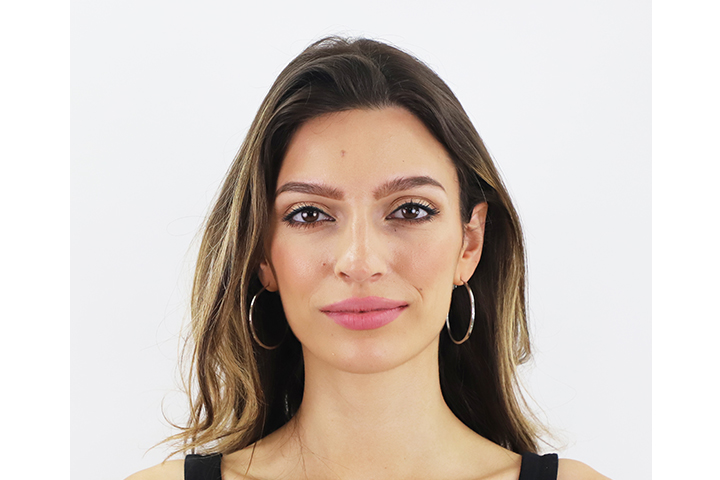
Before Rhinoplasty, Front view
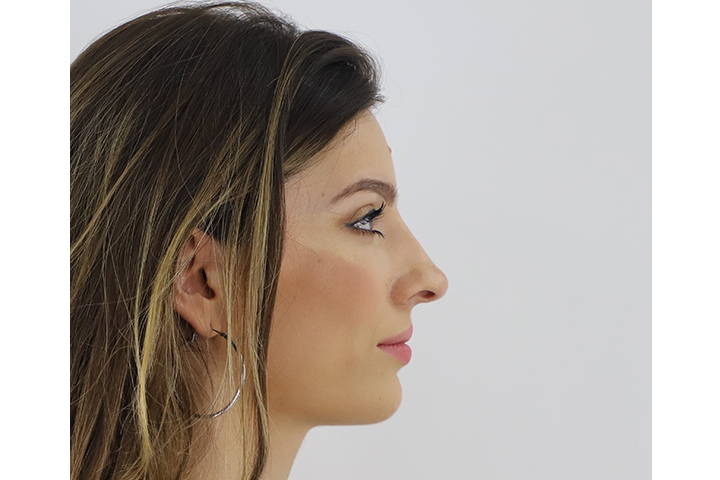
Before Rhinoplasty, Right Side View
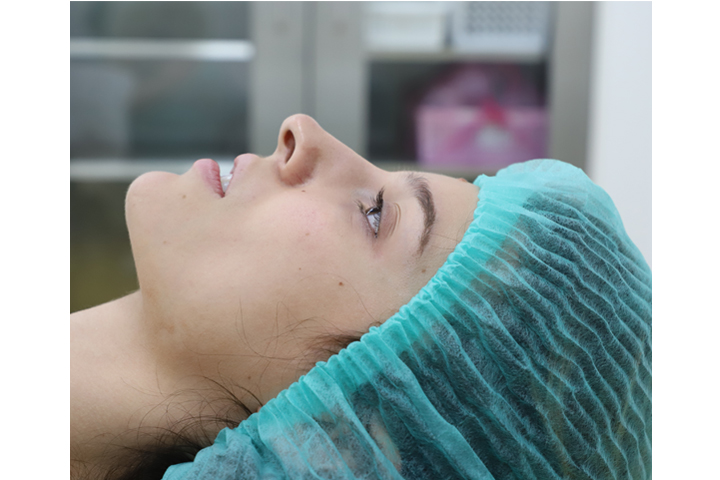
Before Rhinoplasty
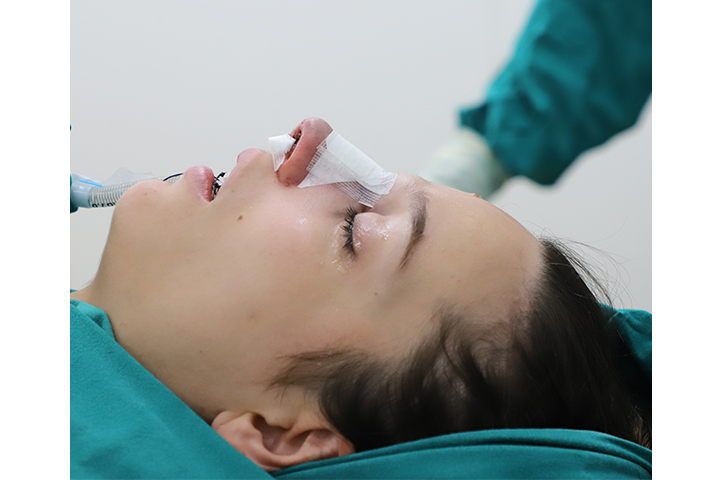
After Rhinoplasty
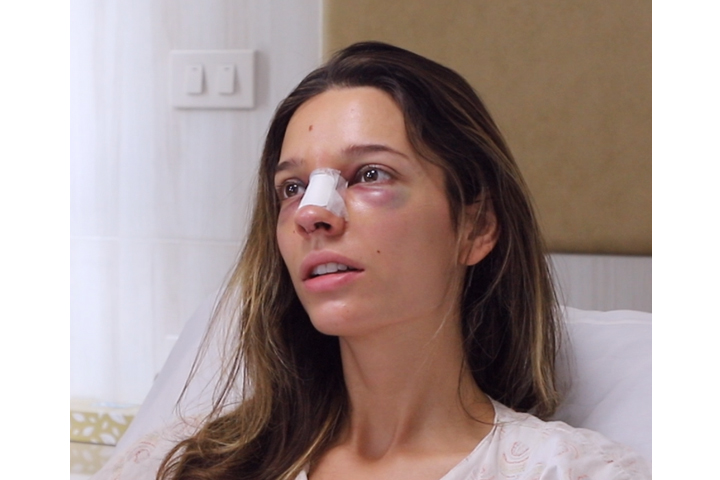
After 1 day Rhinoplasty, Front view
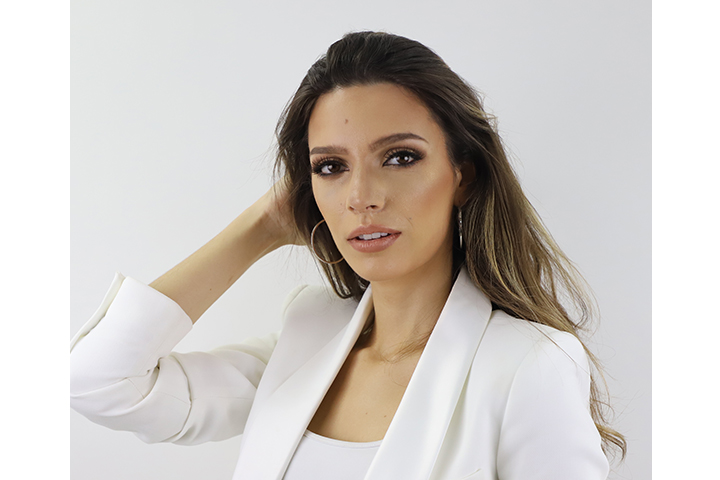
After 5 days Rhinoplasty, Front view
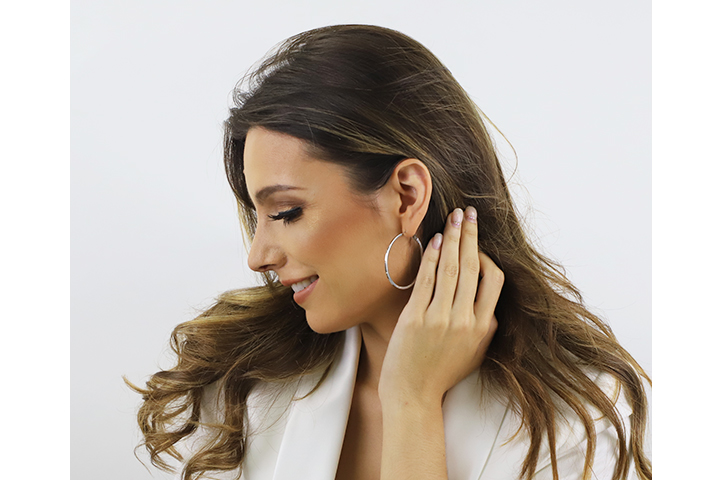
After 5 days Rhinoplasty, Left Side view
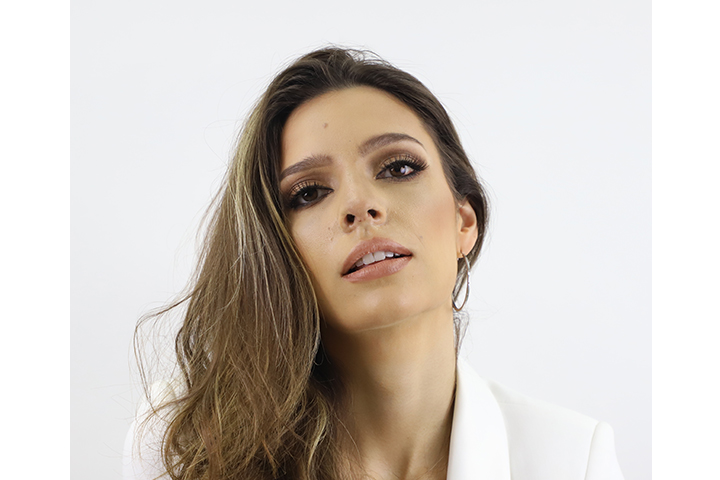
After 5 days Rhinoplasty, Left Side view
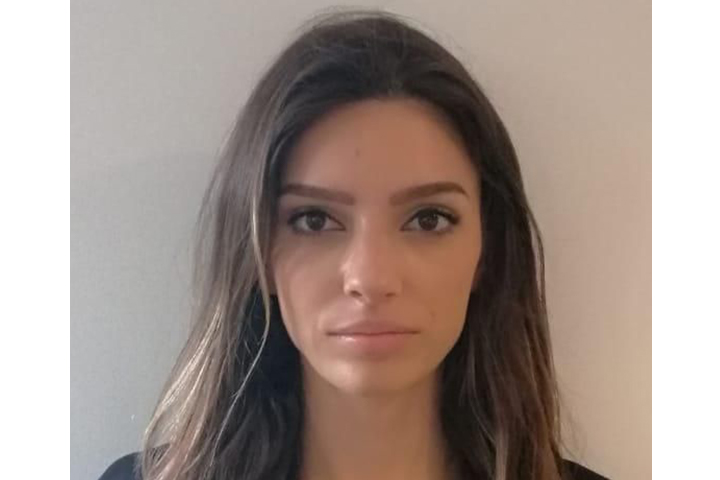
After 15 days Rhinoplasty, Front view
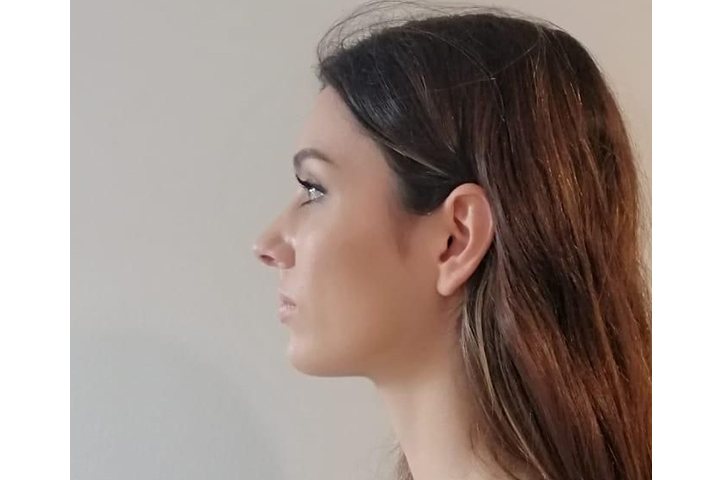
After 15 days Rhinoplasty, Left side view
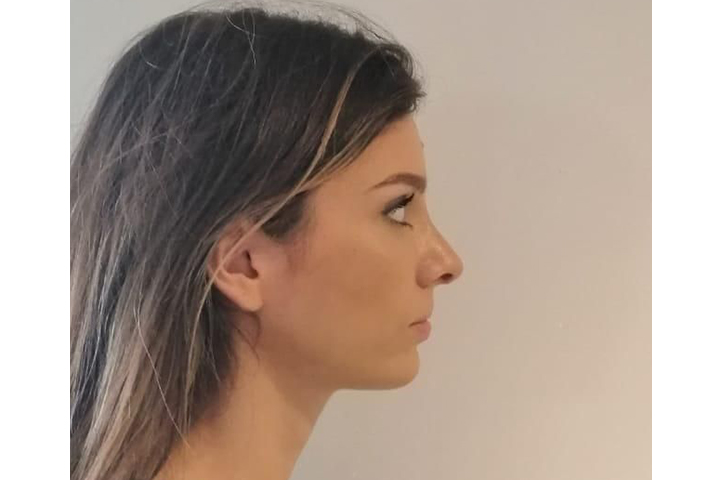
After 15 days Rhinoplasty, Right side view

